Political outrage triggered by the 1987 assembly elections, generally perceived to be highly rigged, has also witnessed huge decrease in voter turnout in the subsequent elections in Jammu and Kashmir. In the 2008 assembly elections, the National Conference led by chief minister Omar Abdullah, which subsequently ruled the state over the next six years, polled just 9.14 lakh votes out of the total 65.37 lakh registered electorate. Its ally Congress, with its base in Jammu, which witnesses heavy turnout, got 7.02 lakh votes.
The Election Commission officials told dna that they were attempting to increase turnout by 10% over the previous elections by inculcating awareness programmes and promising ethical and inducement-free voting.
Past results show that candidates even the heavyweights have won and claimed high offices polling less than 10% votes in their respective constituencies. The number of votes polled by winning candidates is so low that in rest of the country, only those candidates losing their deposits get such abysmally dismal numbers. In 2008 the Peoples' Democratic Party (PDP) patron Mufti Mohammad Sayeed secured 12,436 votes in Anantnag having some 75,000 voters. Earlier in 2002, his daughter and current president of PDP Mehbooba Mufti had polled just 3,513 votes and was declared elected.
In the nearby Kukernag seat in South Kashmir, in 2002 Peerzada Mohammad Sayeed, former state unit chief of Congress party claimed victory by polling only 3,356 votes out of 70,000 voters. But in the subsequent elections in 2008, he improved his numbers securing 13,384 votes, but still far less numbers a winning candidate is expected to get in rest of the country. In South Kashmir's Wachi constituency, Mehbooba Mufti, who was leader of opposition in the outgoing assembly till she resigned after getting elected to Lok Sabha early this year, got 12,810 votes in 2008.
Senior National Conference leader and home minister in Omar Abdullah government Nasir Aslam Wani represented Amira Kadal constituency in the heart of Srinagar city by securing just 3,912 votes. Similarly, from Sonwar in Srinagar, the National Conference patron and former union minister Dr Farooq Abdullah romped home with 7,018 votes. The total electorate in this constituency was 63,999. He contested from Hazratbal seat as well, where he got 11,041 votes from a 77,478-strong electorate.
In another Srinagar constituency of Habbakadal, now being seen as potentially winning seat for the BJP, banking on poll boycott, the winning candidate Raman Matto polled just 587 votes in 2002 polls. In the subsequent election of 2008, NC's Shamima Firdous, however, polled 2,371 votes in a constituency which has 78,195 electorate. Also the Speaker of outgoing assembly Mubarak Gul has won by securing 2,026 and 4,457 votes in 2002 and 2008 elections respectively from Idgah. One of Omar Abdullah's senior ministers, Ali Mohammad Safar, ruled by securing 2,868 and 6,314 votes from Khaniyar, which has 73,021 voters. In the apple town of Sopore, NC candidate Mohammad Ashraf Ganai polled 4,368 votes and earlier in 2002, Congress candidate Abdul Rashid was declared elected by winning 2,026 votes there out of the total electorate of 90,259.
Political scientist Rekha Chowdhry believes the alleged rigging in the 1987 elections, which had witnessed a massive 75% turnout, was not only responsible for the armed militancy, but also contributed in creating a disillusionment towards the political system in general. The 1989 Lok Sabha polls — the first election conducted after the 'rigging' of 1987 assembly polls — witnessed the lowest-ever voter turnout. According to official figures, the polling stood at marginal 5% in Srinagar and Anantnag segments.
Another issue the Election Commission is grappling with in Kashmir is the low electors-population (EP) ratio. Security forces – heavily deployed in Kashmir and also counted during polling – constitute 3.3% of population and if you exlude them from voter rolls, the EP ratio comes to 52%, leaving a gap of 3%. In a study conducted by the EC, the reasons classified for non-participation of voters in elections were anger against the candidates/political parties besides some people saying they have no faith in the political system. Some 15.86% of those surveyed said they had no faith in political system, while a respectable number – 16.52% -- expressed their inability to vote for want of photo ID cards and 14.98% said they could not vote as their names were not in the electoral rolls.
![submenu-img]() Viral video: Ghana man smashes world record by hugging over 1,100 trees in just one hour
Viral video: Ghana man smashes world record by hugging over 1,100 trees in just one hour![submenu-img]() This actress, who gave blockbusters, starved to look good, fainted at many events; later was found dead at...
This actress, who gave blockbusters, starved to look good, fainted at many events; later was found dead at...![submenu-img]() Taarak Mehta actor Gurucharan Singh operated more than 10 bank accounts: Report
Taarak Mehta actor Gurucharan Singh operated more than 10 bank accounts: Report![submenu-img]() Ambani, Adani, Tata will move to Dubai if…: Economist shares insights on inheritance tax
Ambani, Adani, Tata will move to Dubai if…: Economist shares insights on inheritance tax![submenu-img]() Cargo plane lands without front wheels in terrifying viral video, watch
Cargo plane lands without front wheels in terrifying viral video, watch![submenu-img]() DNA Verified: Is CAA an anti-Muslim law? Centre terms news report as 'misleading'
DNA Verified: Is CAA an anti-Muslim law? Centre terms news report as 'misleading'![submenu-img]() DNA Verified: Lok Sabha Elections 2024 to be held on April 19? Know truth behind viral message
DNA Verified: Lok Sabha Elections 2024 to be held on April 19? Know truth behind viral message![submenu-img]() DNA Verified: Modi govt giving students free laptops under 'One Student One Laptop' scheme? Know truth here
DNA Verified: Modi govt giving students free laptops under 'One Student One Laptop' scheme? Know truth here![submenu-img]() DNA Verified: Shah Rukh Khan denies reports of his role in release of India's naval officers from Qatar
DNA Verified: Shah Rukh Khan denies reports of his role in release of India's naval officers from Qatar![submenu-img]() DNA Verified: Is govt providing Rs 1.6 lakh benefit to girls under PM Ladli Laxmi Yojana? Know truth
DNA Verified: Is govt providing Rs 1.6 lakh benefit to girls under PM Ladli Laxmi Yojana? Know truth![submenu-img]() Alia Bhatt wears elegant saree made by 163 people over 1965 hours to Met Gala 2024, fans call her ‘princess Jasmine’
Alia Bhatt wears elegant saree made by 163 people over 1965 hours to Met Gala 2024, fans call her ‘princess Jasmine’![submenu-img]() Jr NTR-Lakshmi Pranathi's 13th wedding anniversary: Here's how strangers became soulmates
Jr NTR-Lakshmi Pranathi's 13th wedding anniversary: Here's how strangers became soulmates![submenu-img]() Streaming This Week: Heeramandi, Shaitaan, Manjummel Boys, latest OTT releases to binge-watch
Streaming This Week: Heeramandi, Shaitaan, Manjummel Boys, latest OTT releases to binge-watch![submenu-img]() Remember Ayesha Kapur? Michelle from Black, here's how actress, nutrition coach, entrepreneur looks after 19 years
Remember Ayesha Kapur? Michelle from Black, here's how actress, nutrition coach, entrepreneur looks after 19 years![submenu-img]() Remember Heyy Babyy's cute 'Angel' Juanna Sanghvi? 20 year-old looks unrecognisable now, fans say 'her comeback will...'
Remember Heyy Babyy's cute 'Angel' Juanna Sanghvi? 20 year-old looks unrecognisable now, fans say 'her comeback will...'![submenu-img]() Haryana Political Crisis: Will 3 independent MLAs support withdrawal impact the present Nayab Saini led-BJP government?
Haryana Political Crisis: Will 3 independent MLAs support withdrawal impact the present Nayab Saini led-BJP government?![submenu-img]() DNA Explainer: Why Harvey Weinstein's rape conviction was overturned, will beleaguered Hollywood mogul get out of jail?
DNA Explainer: Why Harvey Weinstein's rape conviction was overturned, will beleaguered Hollywood mogul get out of jail?![submenu-img]() What is inheritance tax?
What is inheritance tax?![submenu-img]() DNA Explainer: What is cloud seeding which is blamed for wreaking havoc in Dubai?
DNA Explainer: What is cloud seeding which is blamed for wreaking havoc in Dubai?![submenu-img]() DNA Explainer: What is Israel's Arrow-3 defence system used to intercept Iran's missile attack?
DNA Explainer: What is Israel's Arrow-3 defence system used to intercept Iran's missile attack?![submenu-img]() This actress, who gave blockbusters, starved to look good, fainted at many events; later was found dead at...
This actress, who gave blockbusters, starved to look good, fainted at many events; later was found dead at...![submenu-img]() Taarak Mehta actor Gurucharan Singh operated more than 10 bank accounts: Report
Taarak Mehta actor Gurucharan Singh operated more than 10 bank accounts: Report![submenu-img]() Aavesham OTT release: When, where to watch Fahadh Faasil's blockbuster action comedy
Aavesham OTT release: When, where to watch Fahadh Faasil's blockbuster action comedy![submenu-img]() Sonakshi Sinha slams trolls for crticising Heeramandi while praising Bridgerton: ‘Bhansali is selling you a…’
Sonakshi Sinha slams trolls for crticising Heeramandi while praising Bridgerton: ‘Bhansali is selling you a…’![submenu-img]() Sanjeev Jha reveals why he cast Chandan Roy in his upcoming film Tirichh: 'He is just like a rubber' | Exclusive
Sanjeev Jha reveals why he cast Chandan Roy in his upcoming film Tirichh: 'He is just like a rubber' | Exclusive![submenu-img]() IPL 2024: Mumbai Indians knocked out after Sunrisers Hyderabad beat Lucknow Super Giants by 10 wickets
IPL 2024: Mumbai Indians knocked out after Sunrisers Hyderabad beat Lucknow Super Giants by 10 wickets![submenu-img]() PBKS vs RCB IPL 2024: Predicted playing XI, live streaming details, weather and pitch report
PBKS vs RCB IPL 2024: Predicted playing XI, live streaming details, weather and pitch report![submenu-img]() PBKS vs RCB IPL 2024 Dream11 prediction: Fantasy cricket tips for Punjab Kings vs Royal Challengers Bengaluru
PBKS vs RCB IPL 2024 Dream11 prediction: Fantasy cricket tips for Punjab Kings vs Royal Challengers Bengaluru![submenu-img]() Watch: Bangladesh cricketer Shakib Al Hassan grabs fan requesting selfie by his neck, video goes viral
Watch: Bangladesh cricketer Shakib Al Hassan grabs fan requesting selfie by his neck, video goes viral![submenu-img]() IPL 2024 Points table, Orange and Purple Cap list after Delhi Capitals beat Rajasthan Royals by 20 runs
IPL 2024 Points table, Orange and Purple Cap list after Delhi Capitals beat Rajasthan Royals by 20 runs![submenu-img]() Viral video: Ghana man smashes world record by hugging over 1,100 trees in just one hour
Viral video: Ghana man smashes world record by hugging over 1,100 trees in just one hour![submenu-img]() Cargo plane lands without front wheels in terrifying viral video, watch
Cargo plane lands without front wheels in terrifying viral video, watch![submenu-img]() Tiger cub mimics its mother in viral video, internet can't help but go aww
Tiger cub mimics its mother in viral video, internet can't help but go aww![submenu-img]() Octopus crawls across dining table in viral video, internet is shocked
Octopus crawls across dining table in viral video, internet is shocked![submenu-img]() This Rs 917 crore high-speed rail bridge took 9 years to build, but it leads nowhere, know why
This Rs 917 crore high-speed rail bridge took 9 years to build, but it leads nowhere, know why 



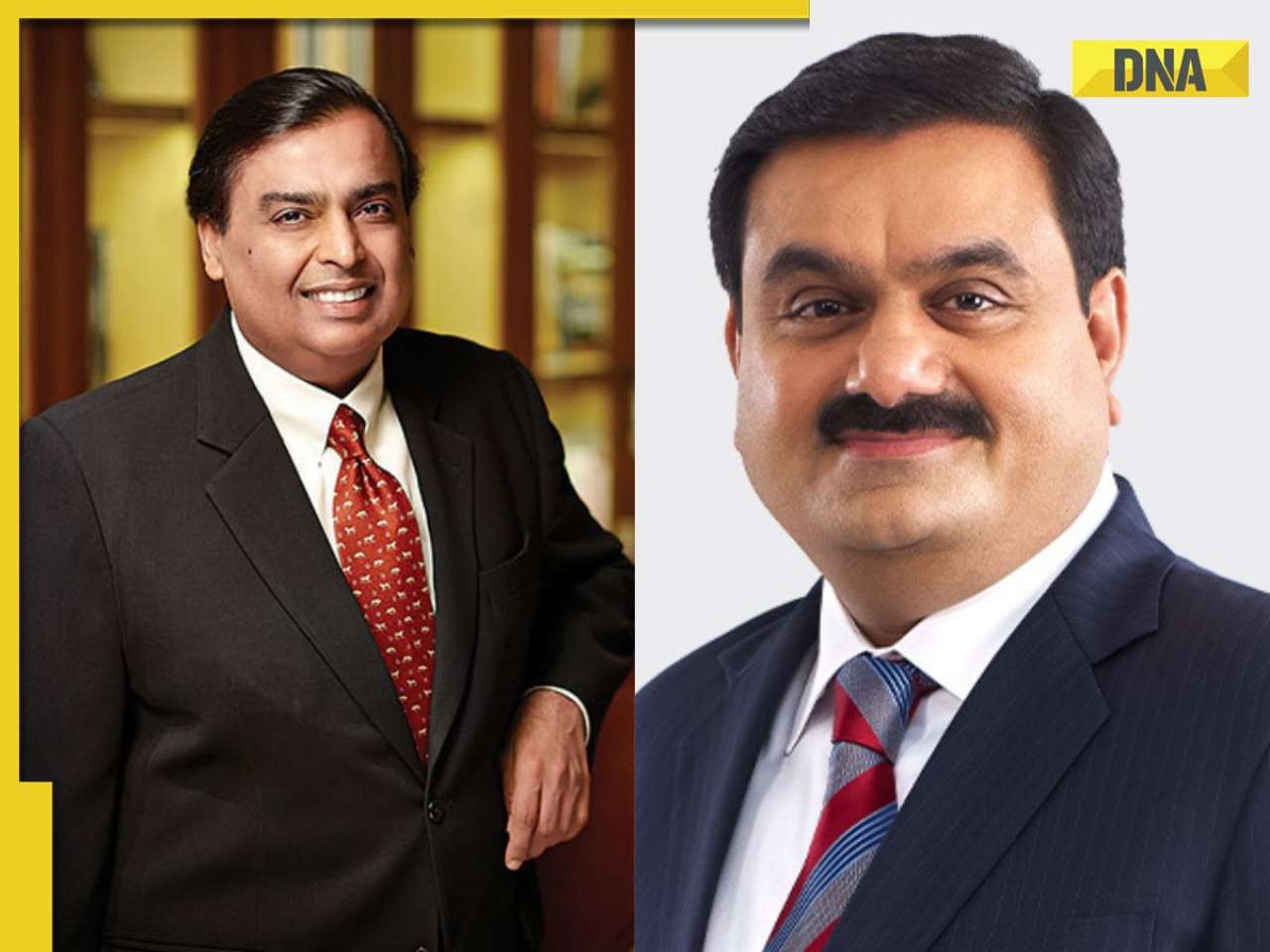
























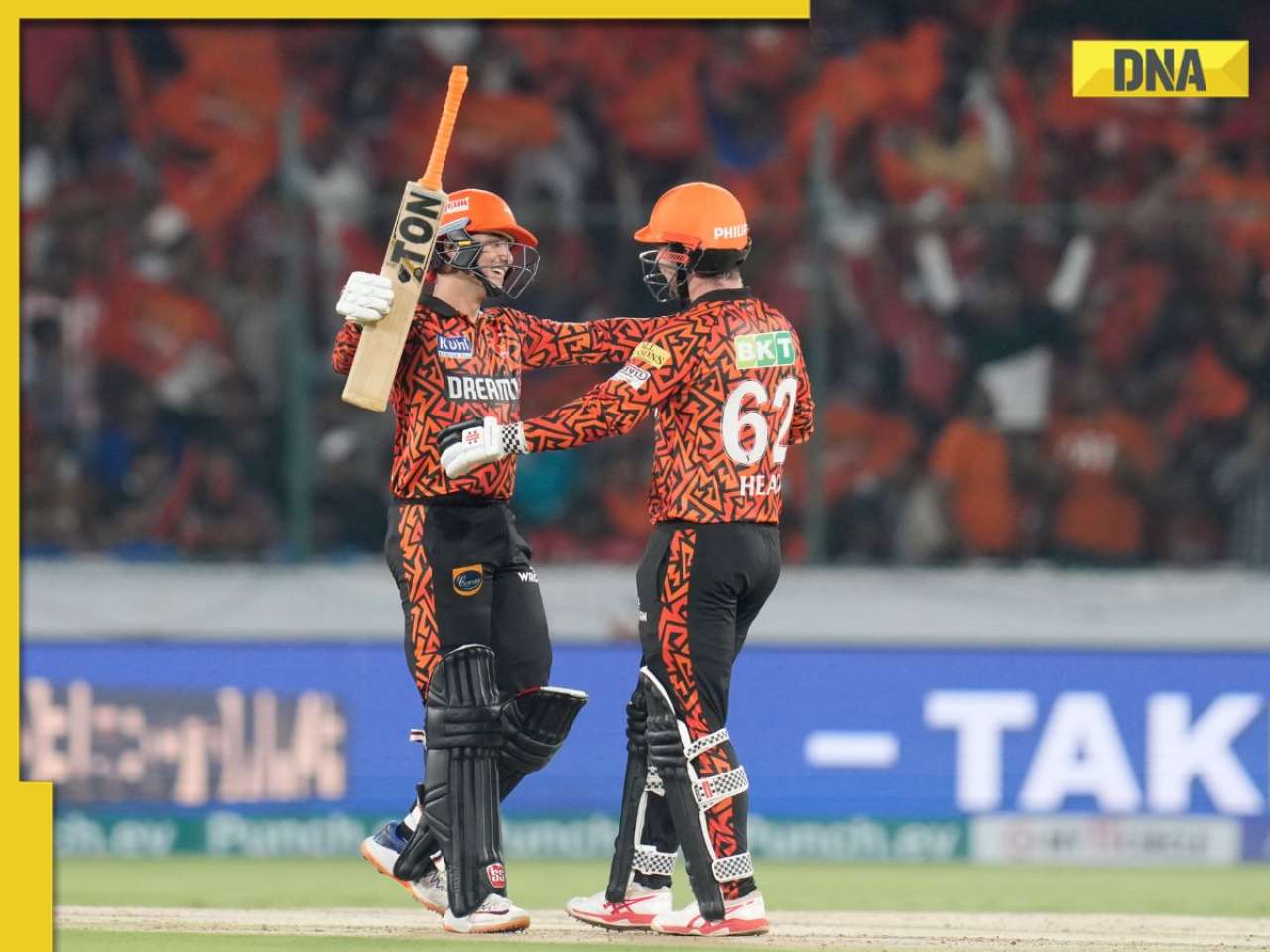
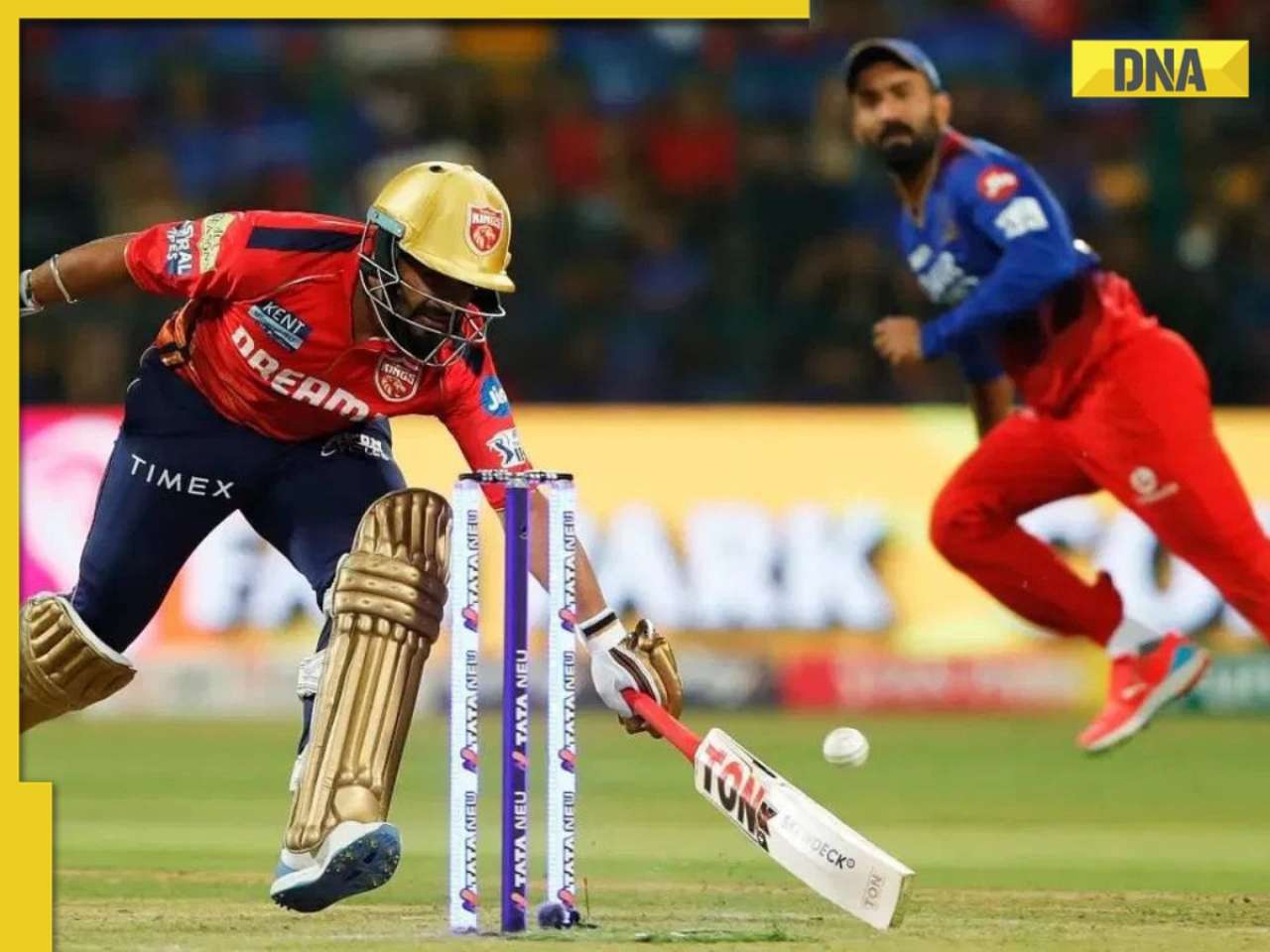
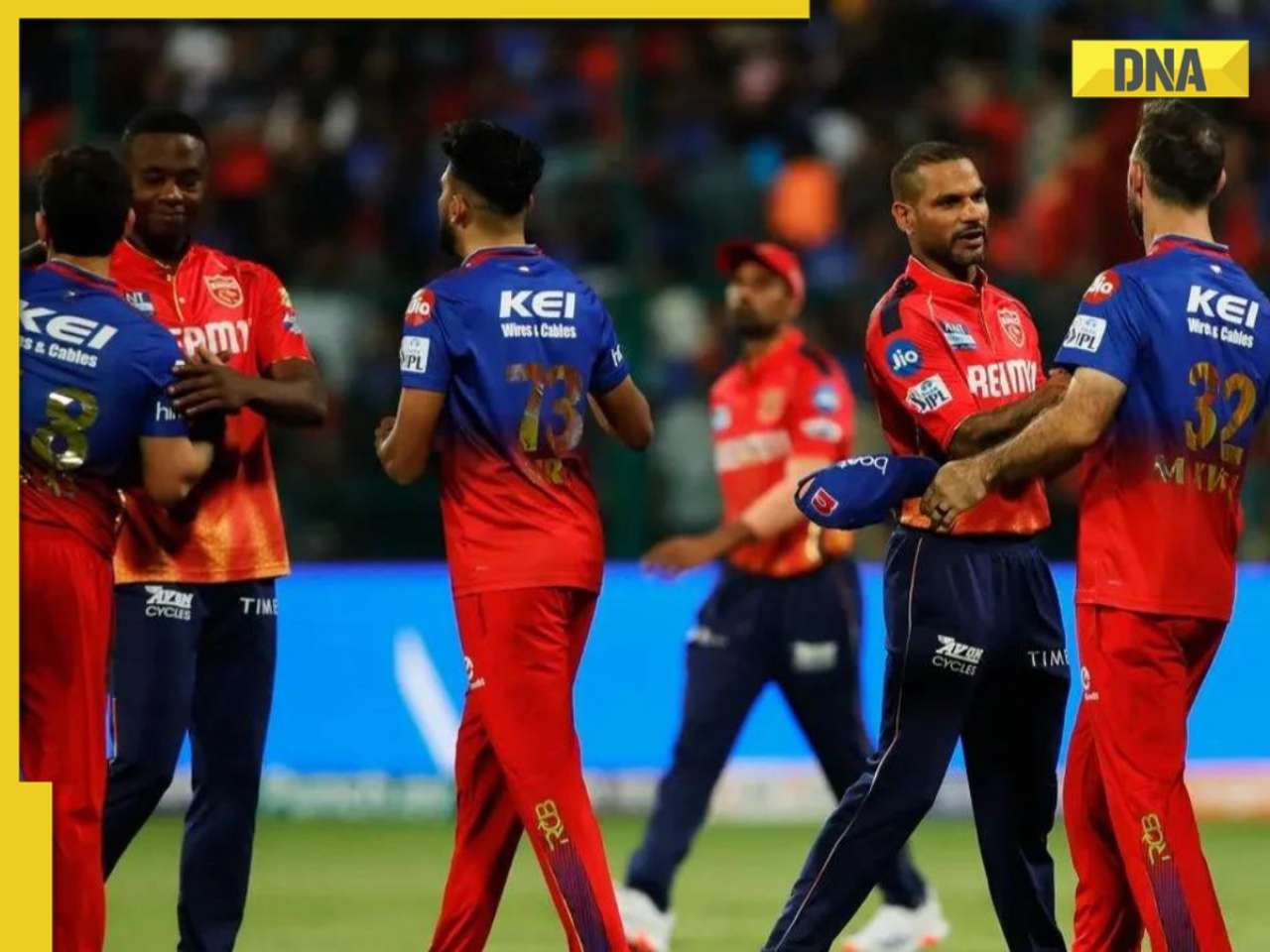
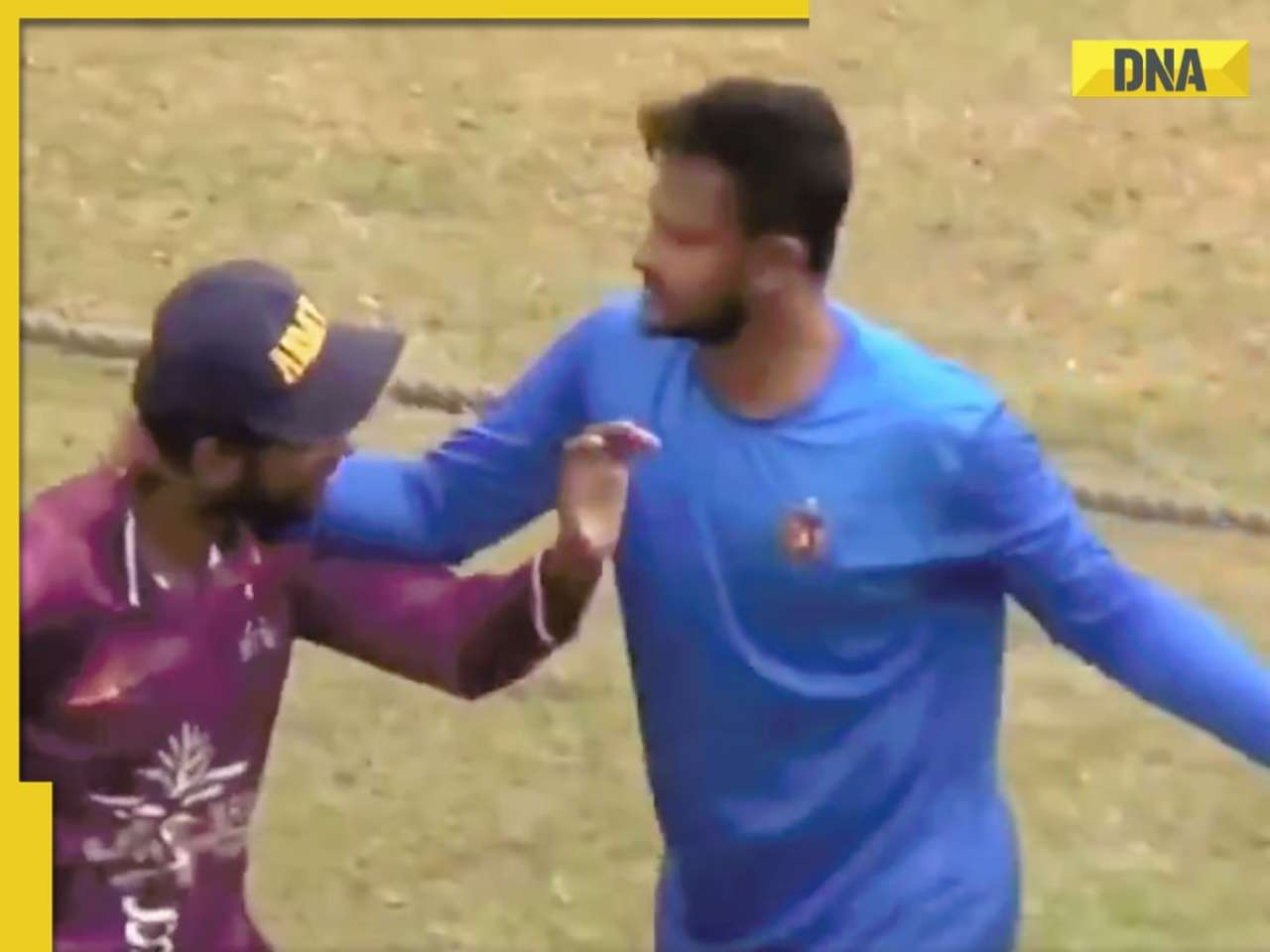
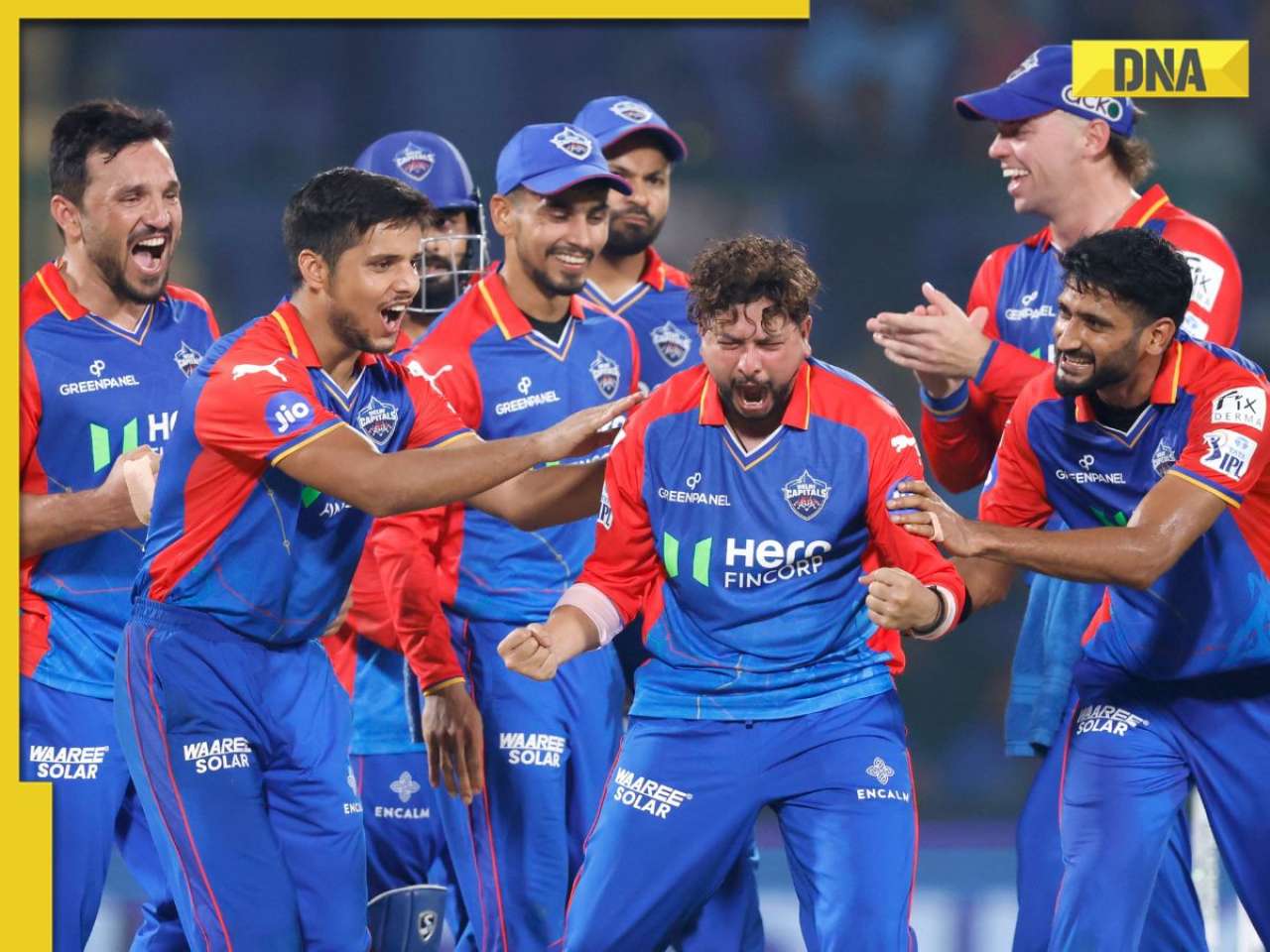
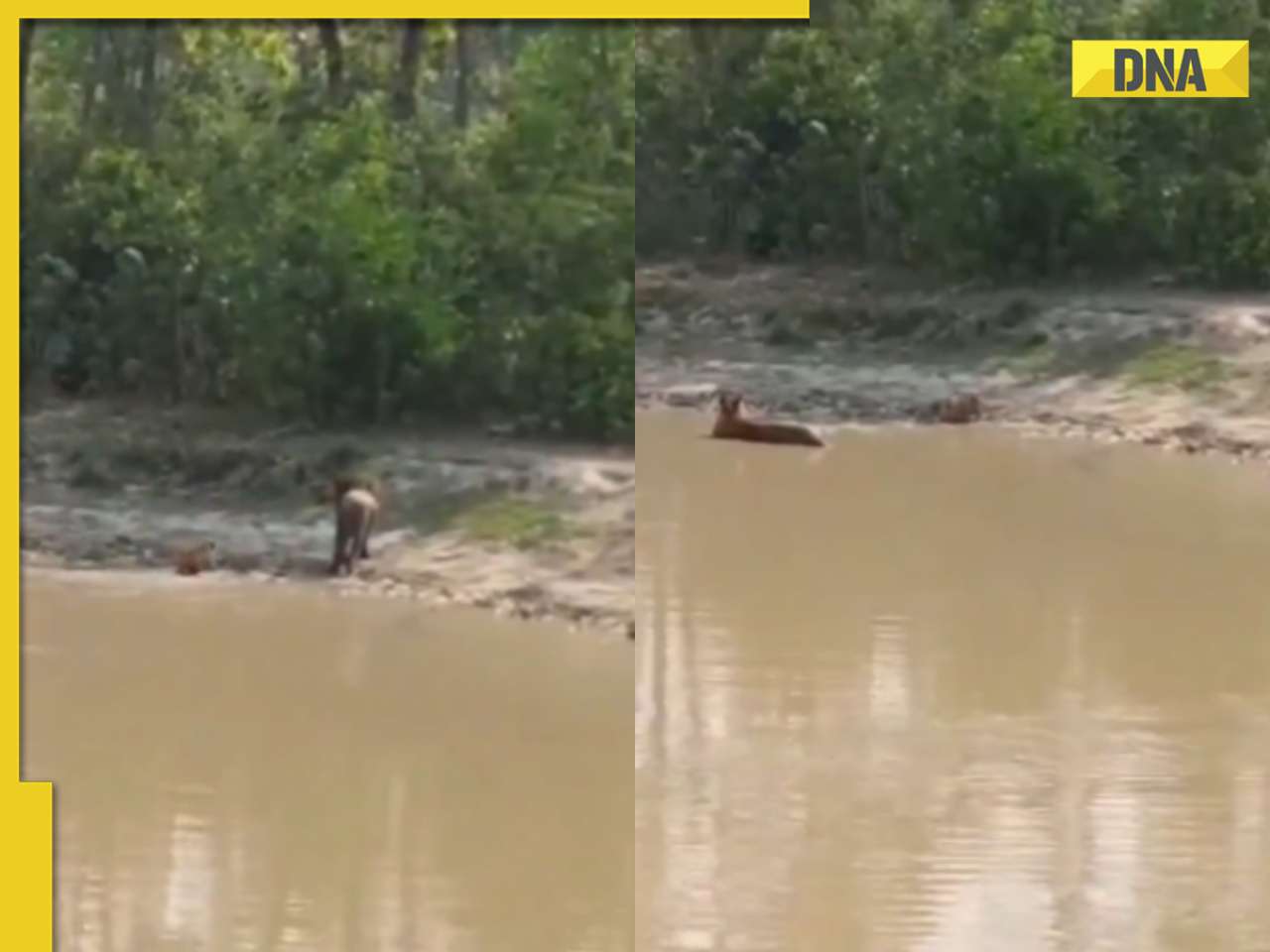


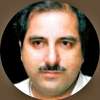
)
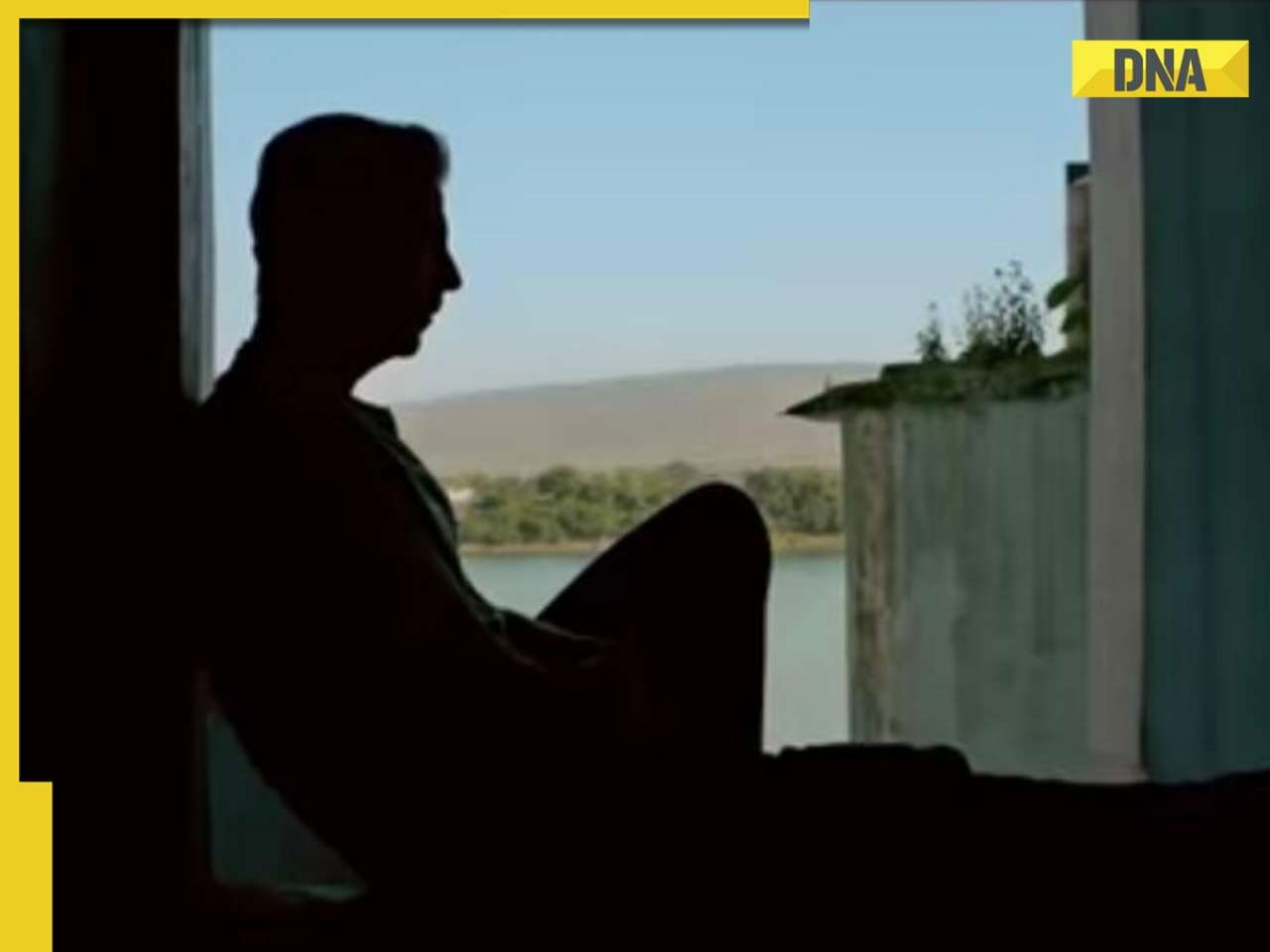











)
)
)
)
)
)